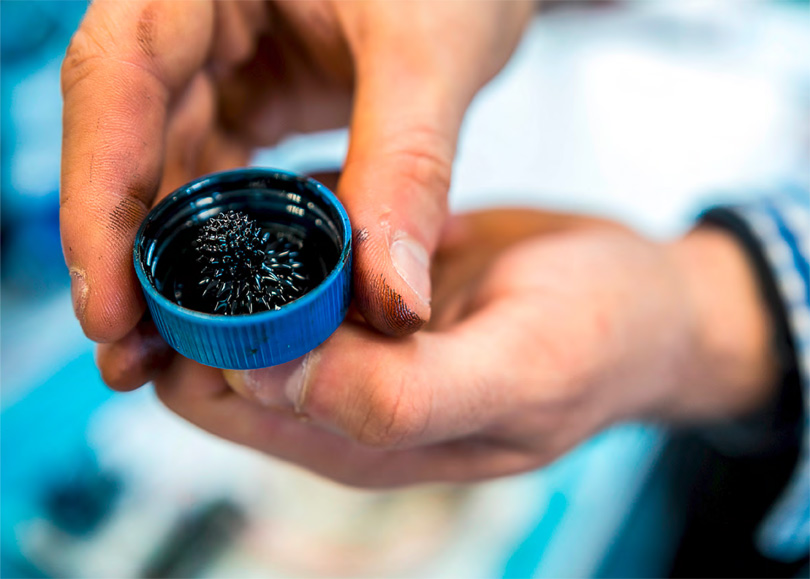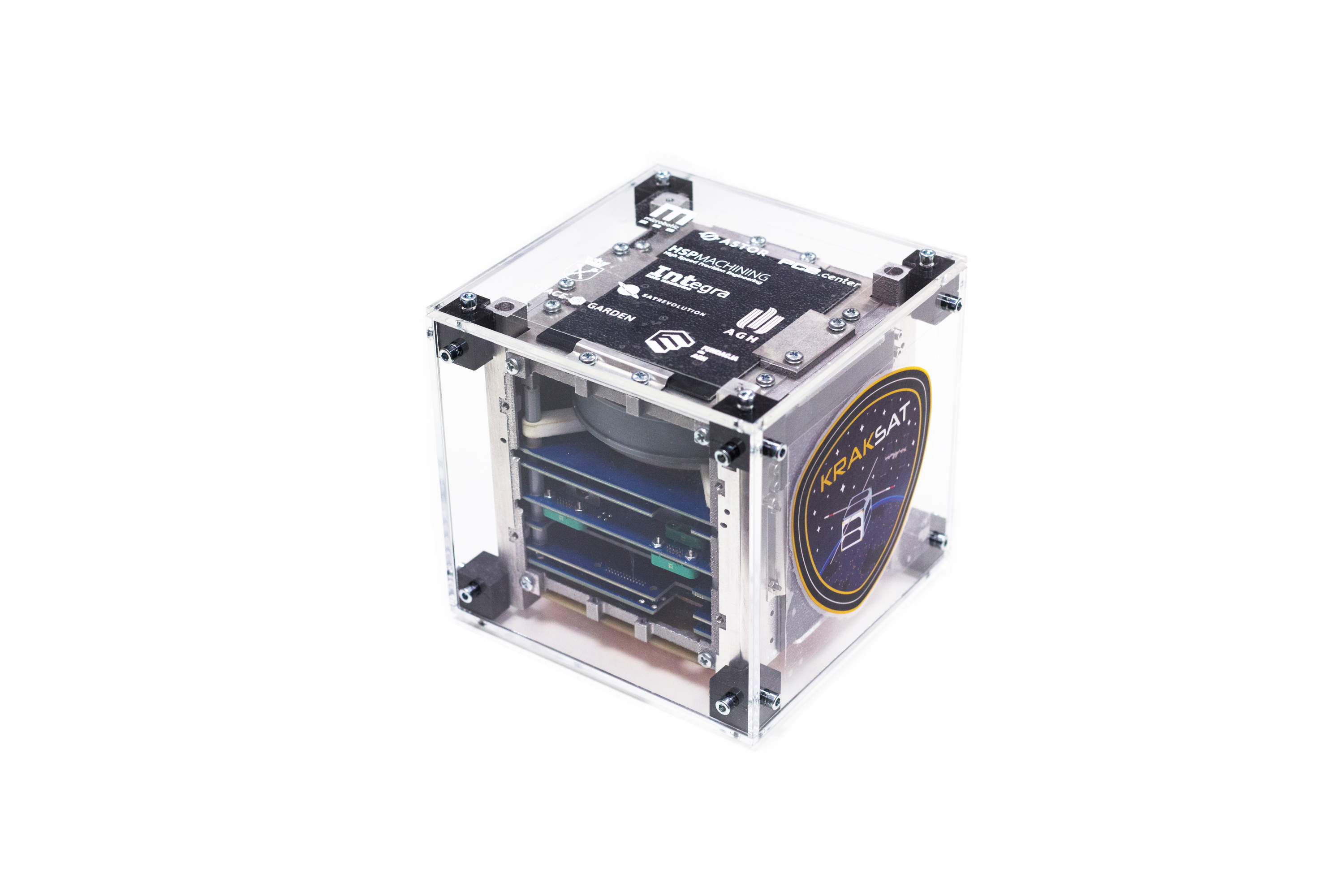We’re the group of students from AGH University of Science and Technology and Jagiellonian University. We prefer different fields of study and interest, but we are all connected by our passion to space. Two years ago we decided to launch our own science satellite. We spend free time and use knowledge to make our dream come true. In the evenings, after lectures, we make calculations, plans and seek for new solutions in order to succeed.
KRAKsat is in space!
On Wednesday, 17th of April, rocket Antares 230 has been succesfully launched from Wallops Flight Facility with KRAKsat on board.
Satellite build by our team has docked to International Space Station two days later with Cygnus spaceship. Now it’s waiting to be released into space. Deploy will likely take place in few weeks – we’ll confirm exact date soon.

Scientific satellite
KRAKsat is a project focused on sending scientific satellite into space, made by students of University of Science and Technology and Jagiellonian University. Not only it is one of the first Cubesat type satellites in Poland but also the first satellite in the world which uses magnetic liquid, called ferrofluid, for orientation control.
Experiment
The main task for our satellite is to check how the magnetic liquid, called ferrofluid, will act in the space. We are trying to use it as a flywheel in outer space where is no gravitation, by putting it in rotary motion in magnetic field. If we succeed, the liquid should rotate with expected velocity and change the direction of rotational speed of the satellite.
A flight into space
Despite its little size, KRAKsat has a huge task to complete. It traveled on the board of Cygnus spaceship and Antares rocket to International Space Station on 17th of April this year. Satellite will be launched into space from ISS into space soon at height of 400km.
Measurements
While being in the space, satellite will collect the measurements of the temperature, magnetic field, illuminance and many other important factors. During that time it will have to live up to the such an extreme conditions in ionosphere as high temperature amplitude (from −170°C to 110°C!), low pressure, microgravity and ionized gases. After a year of working satellite will lose the velocity and burn in the atmosphere.
KRAKsat
Construction of the satellite
Ferrofluid
Casing of experimental system
Printed Circuit Board















